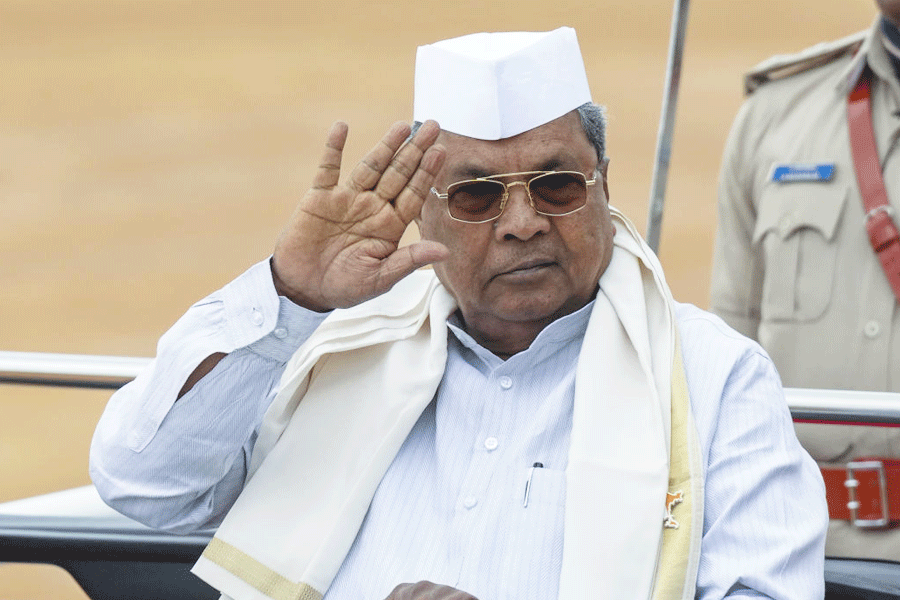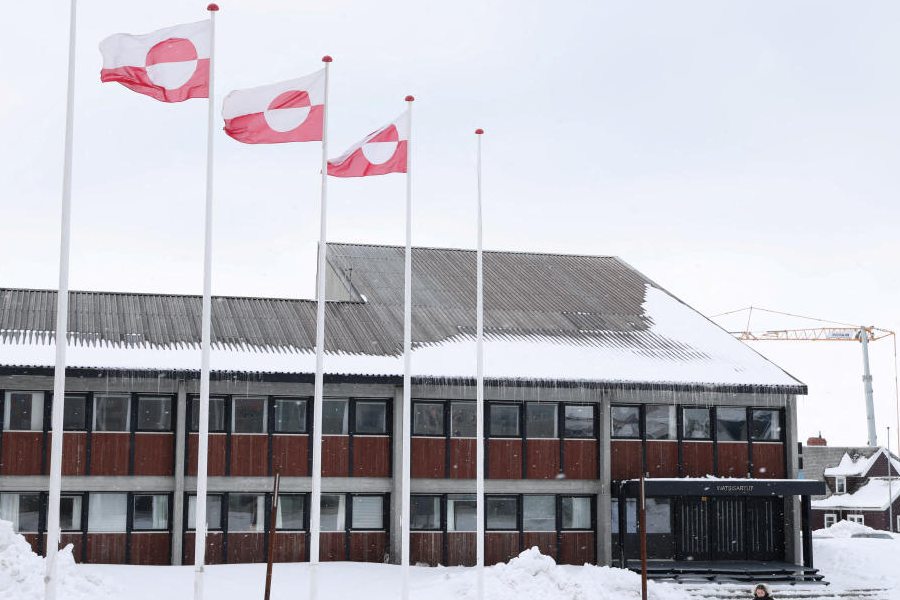Rescuers are worried that by the time they are able to reach the 40 labourers trapped in an under-construction mountain tunnel in Uttarkashi, post-traumatic stress disorder might have set in.
Till Friday afternoon, rescue workers had drilled through 24 metres of the 60 metres of rubble inside the Silkyara tunnel where the 40 men are trapped since Sunday morning. Drilling was stopped for a few hours on Friday when a rock came in the way. Around 9pm, the heavy-duty drill machine broke down with a loud sound, people near the tunnel told this newspaper.
Prolonged confinement inside a cramped space with inadequate ventilation and lighting, cut off from the world and their families, is feared to have created excessive anxiety and stress among the trapped workers. Those involved in the rescue operation are being trained to handle PTSD when they reach the labourers and a mock drill was conducted on Friday.
In its latest update on the rescue operation, the National Highways & Infrastructure Development Corporation Limited (NHIDCL) said the fifth pipe — part of a series being welded together to prepare an escape passage for the trapped workers — was being positioned.
The Uttarakhand government said in a media release on Friday evening that AIIMS Rishikesh and other hospitals nearby had been kept on high alert.
The national and state disaster response forces conducted a mock drill on Friday to assess whether the rescuers would be able to deal with a situation where they might have to handle PTSD-affected people.
A source in the Uttarakhand government said that according to the assessment of the rescue teams and doctors on duty at the collapse site, the majority of the labourers would be traumatised.
“They must be moving about worriedly in a limited area (a 240-metre passage) and spending sleepless nights as there is complete uncertainty in their minds. They know that the government is trying to reach them, but they are also having to spend each passing day without proper ventilation, food and assurance of life,” said an official of the state disaster management authority on the condition of anonymity.
“This was the reason the agencies conducted a mock drill and concluded that the trapped labourers might not be able to wriggle out through the escape passage. The rescuers have sought sliding stretchers on which the labourers would be made to lie as they are pulled out,” the official added.
“It has been decided that the labourers wouldn’t be allowed to meet anybody except their close family members at least for a week. Clinical psychologists have been deployed at the makeshift health camp set up near the tunnel to attend to the labourers when they are brought out. Arrangements have also been made to shift the labourers to the All India Institute of Medical Sciences, Rishikesh,” he said.
Sources said psychologists had on Friday spoken to the labourers through the water pipe through which oxygen, food and water were being sent. Family members of a group of trapped labourers from Jharkhand who have come to Uttarkashi were allowed to speak to them on Friday.
Dr Sona Kaushal Gupta, a psychiatrist in Dehradun, told The Telegraph over the phone that the labourers would need attention. “The insufficient light and lack of ventilation would enhance their anxiety.”
Asked how the stranded labourers could be dealing with each other over this prolonged period of confinement, she said: “They are in a lot of stress and it will make them weak. As a result, the sense of camaraderie wouldn’t be there. Once brought out of the crisis, they should be sent for counselling. Besides helping them regain physical strength, they should be made to feel safe.”
Anshu Manish Khalkho, director of the NHIDCL, said in the afternoon: “We are keeping a watch on the physical and mental health of the labourers.”
Radha Raturi, additional chief secretary in the Uttarakhand home department, told a news conference in Dehradun that the government was prepared to deal with the situation.
“We cannot specify a definite timeframe within which the labourers would be rescued. We are supplying oxygen, water, food packs and medicines to them and keeping a close watch on their health condition. Doctors are there at the spot and hospitals have been alerted to keep beds free for the labourers,” she said.
Rock hurdle
Khalkho said the drilling had to be stopped for a few hours on Friday because a rock had come in the way.
“We have excavated 24 metres through the debris and pushed in four pipes, each six metres long, with the help of a hydraulic jack. The rock has been removed now and we are going to position the fifth pipe. While the heavy drill machine brought from New Delhi is doing its job, it has its limitations. It is a diesel-operated device that requires cooling at regular intervals. This is why a third drill machine (from Indore) will be brought here soon”, he said.











